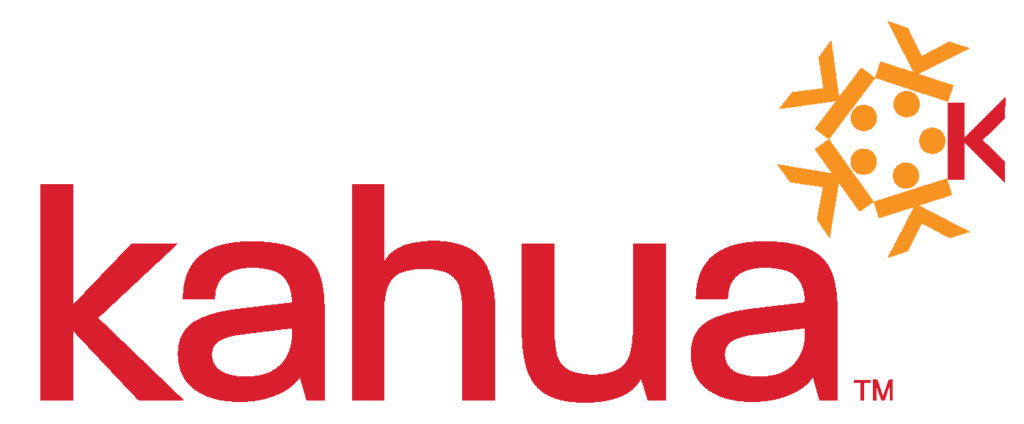Managing a Diverse & Complex Capital Construction Portfolio – Successfully
With increasing diversity and complexity of construction projects, organizations are turning to program management information systems (PMIS) to successfully manage portfolios. According to a Dodge Data report, two thirds of organizations have purchased modern technology in the last few years.
But the purchase of innovative technology is only the first step. How can organizations leverage this technology and set themselves up for success to more efficiently complete projects on time and on budget?
A recent webinar hosted by Engineering News Record and Kahua featured a panel of experts to discuss “Managing a Diverse & Complex Capital Construction Portfolio – Successfully.” The online seminar kicked off with a survey question which yielded interesting insight. When asked about the use of technology in managing projects, 27% of attendees responded, “Every project seems to run differently with different tools. Project managers often make technology investments solely for their projects.”
Collaboration issues stem from not only siloed information but siloed teams as well. Teams end up managing only their portion of the project without understanding the efforts of the whole group.

“The problem that technology solves is just being able to collaborate in real time,” said Brett Margosian, a senior civil engineer for the East Bay Municipal Utility District in California. “The ability to collaborate and just have the presence of information and access to it at our fingertips. I do not know how we would function without the tools we currently have.”
Margosian would know a thing or two about managing diverse and complex efforts. “We really have quite the portfolio of projects that we are tasked as the construction division with managing to replace and maintain these facilities.” Currently his team at East Bay MUD oversees:
- 3 sites receiving major security upgrades
- 250-foot-deep chemical feed shafts
- 150 pumping plants
- 160 reservoirs
- 2 hydroelectric dams
A second survey question asked participants how they are currently using their PMIS; 38% responded, “We use a PMIS for some things and various point solutions for other important project business processes.” Negative impacts that owners cite from using multiple tools include:
- Lower productivity
- Reduced ability to analyze data
- More people needed
- Greater training needs
- Higher overall cost of usage
According to Dodge Data research, more than 40% of owners say that software’s inability to conform to how owners run their programs it the top challenge to expanding PMIS usage.

When asked if he could wave a magic wand and have one new piece of technology to assist his team and finish on time and on budget Gary Whittle, project management director for CBRE responded, “I would say it is a tool that uses a lot of the systems that we have now, but it is more customizable, instead of trying to fit what we have into some box that was not created specifically for our industry type or our type of project. We might need to track something we have never thought of tracking before … a tool that is adaptable to what we are trying to do and trying to show.”

When choosing a PMIS, organizations should not only look for flexibility but also a platform that is multi-functional. “People say they have platforms. That is not really what they have,” said Tim LaChapelle, Vice President, Chief Digital Officer, Parsons.
He defines a platform as the “ability to pull new capabilities in and have it been usable by customers in new and different ways.” LaChapelle shared this tip for determining the best platform to manage the construction environment: “It is important to recognize what you want to get out of it, what you are measuring, what are your terms of success.”
To learn more about how technology can be leveraged today to manage diverse and complex portfolios, listen to the webinar here.


